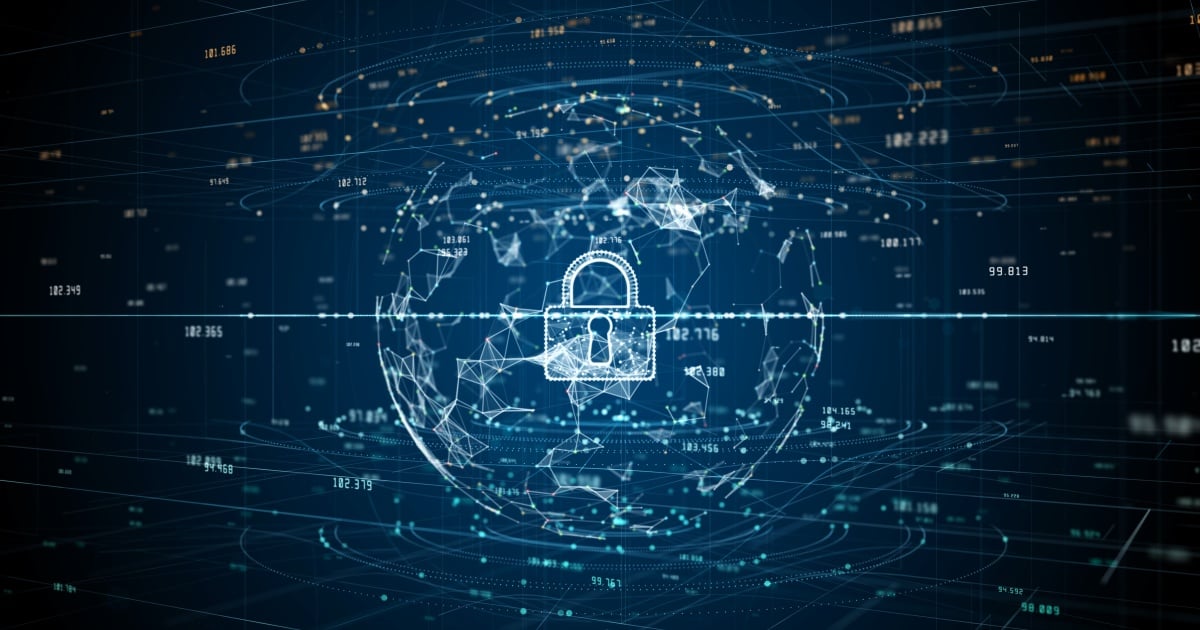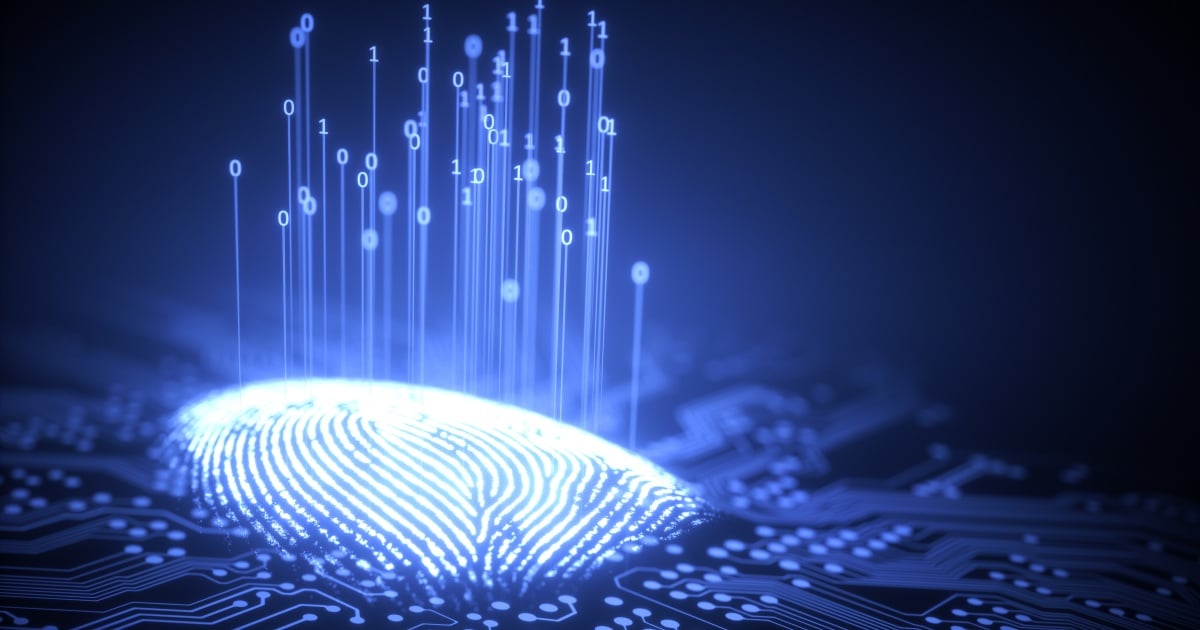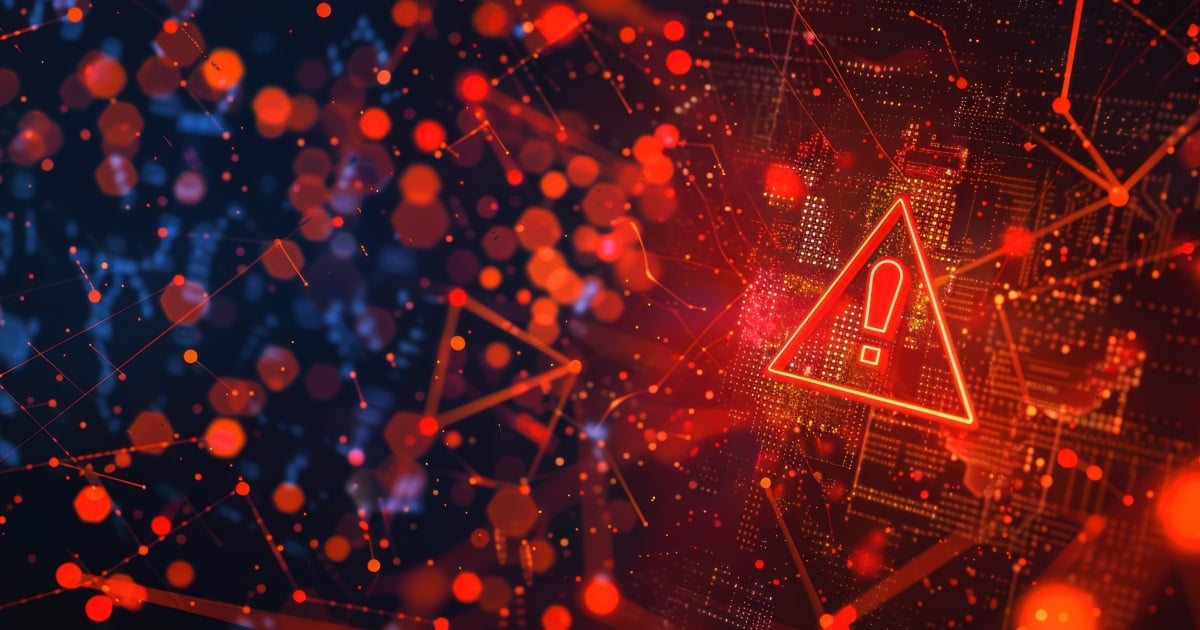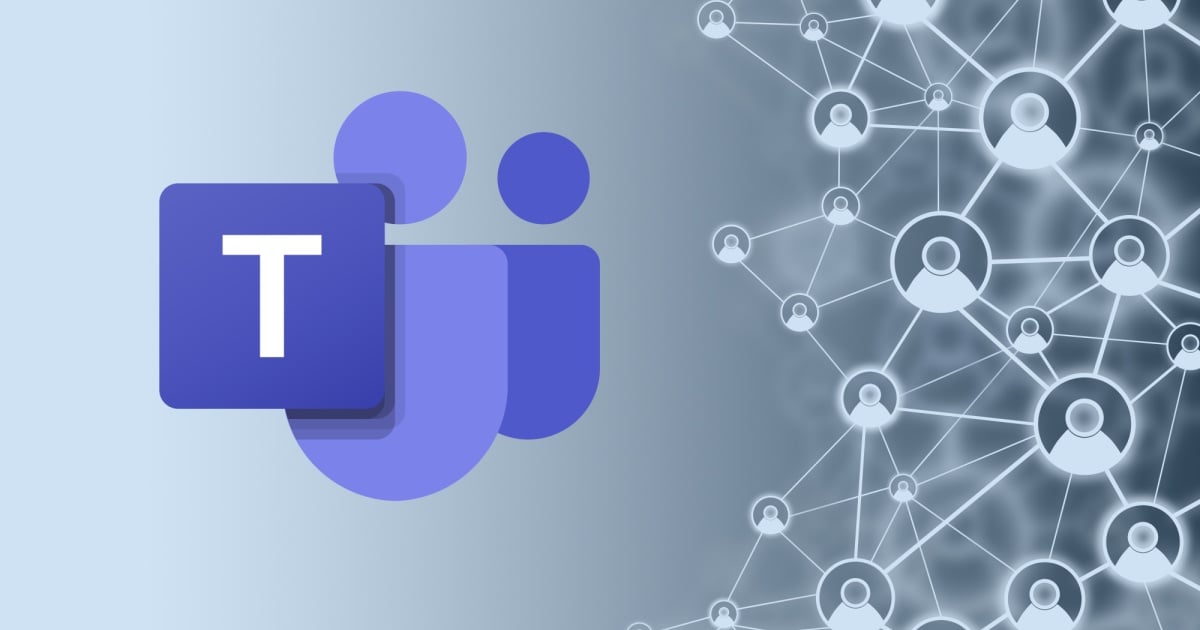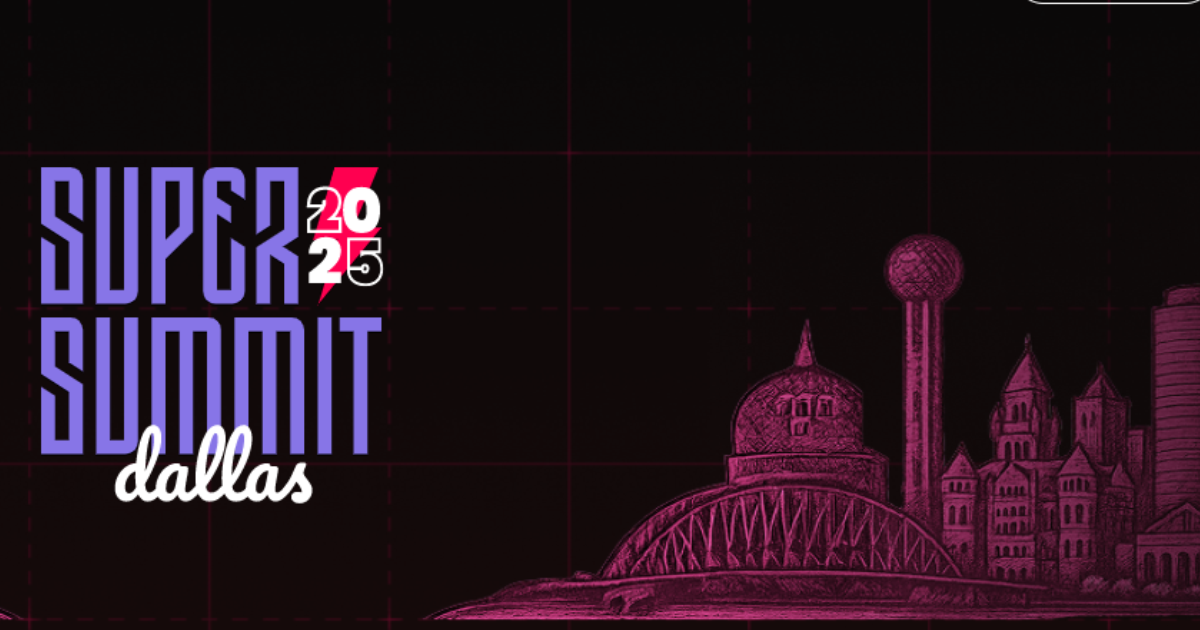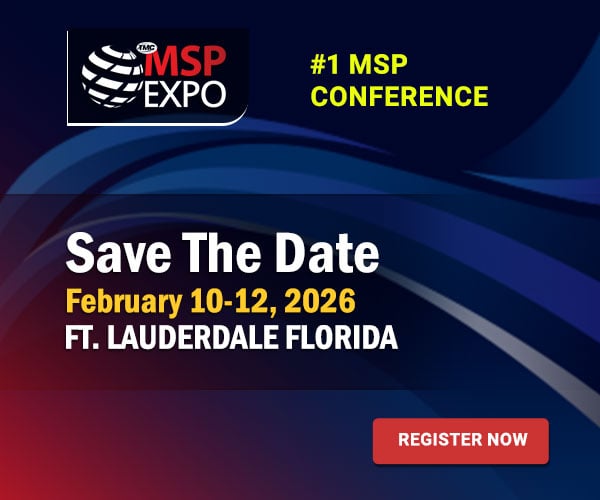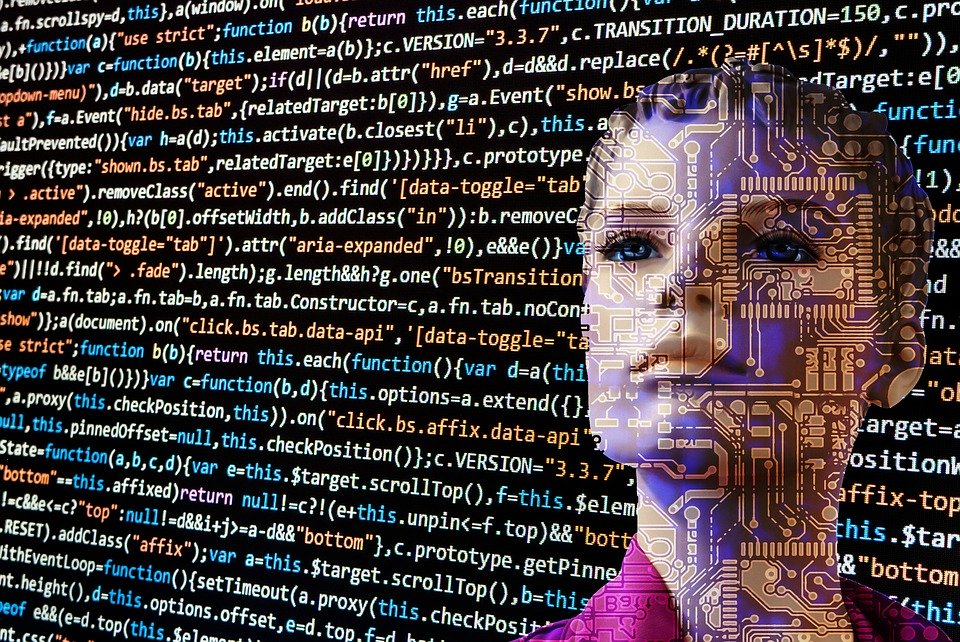
In the rapidly evolving world of artificial intelligence, maintaining the integrity of digital content has become increasingly complex. As AI-generated content becomes more common, especially in marketing, education, and professional communication, a new breed of tools has emerged to help verify authorship: the AI checker.
These tools are now essential in upholding content quality and protecting against plagiarism, misinformation, and unethical automation. But what exactly is an AI checker, and how is it influencing the digital landscape?
What is an AI Checker?
An AI checker is a tool designed to evaluate whether a piece of written content was created by an AI model. These checkers often go a step beyond traditional plagiarism tools. They analyze sentence structure, predictability, repetitiveness, and linguistic patterns to determine whether the content has been artificially generated.
Many AI checkers are built on top of AI models themselves—specifically trained to distinguish between machine and human writing. They are used not only for identification but also to guide content creators in revising or citing AI-generated elements ethically.
Key Use Cases Across Industries
1. Education
With the accessibility of generative AI, AI checkers are now common in schools and universities. Teachers use them to validate essays and assignments, and some institutions even integrate them into their grading workflows.
More importantly, AI checkers are fostering a shift in pedagogy—teaching students how to collaborate ethically with AI, rather than banning its use outright.
2. Content Marketing and SEO
Agencies and freelancers frequently use AI to generate blog posts, product descriptions, and ad copy. But Google’s stance on AI-generated SEO content has been murky, with concerns over penalization. AI checkers help marketers ensure that content is sufficiently original and tailored to human audiences, thus maintaining search engine compliance.
3. Corporate and Legal Documentation
In regulated industries, AI checkers are used to verify the authenticity of contracts, compliance statements, and HR policies. An unnoticed AI-generated clause could pose legal risks, especially if it contains inaccuracies or lacks nuance.
Strengths and Shortcomings
AI checkers offer significant benefits, such as efficiency, transparency, and accountability. They promote responsible AI use while reducing the risk of intellectual property misuse. However, they’re not infallible.
False positives are a major concern—particularly in environments where the consequences of mislabeling are serious. Moreover, AI checkers must constantly be updated to keep pace with new AI models and techniques. As AI grows more sophisticated, static rules and basic analysis will become obsolete.
The Path Forward: Human-AI Collaboration
The future of AI checking is not just detection—it’s collaboration. Emerging tools don’t just tell users what is AI-generated, but help them improve the content by providing actionable suggestions. These next-gen AI checkers will likely integrate with writing platforms, helping writers balance efficiency with authenticity.
Ultimately, AI checkers are here not to eliminate AI-generated content, but to ensure it's used ethically and transparently—marking a new era of accountability in the digital world.

